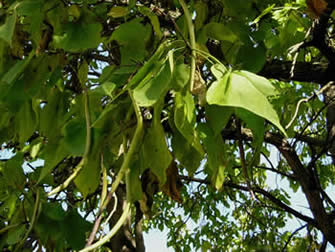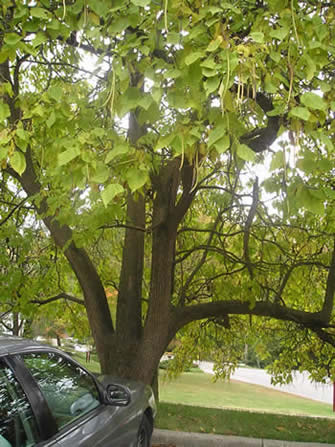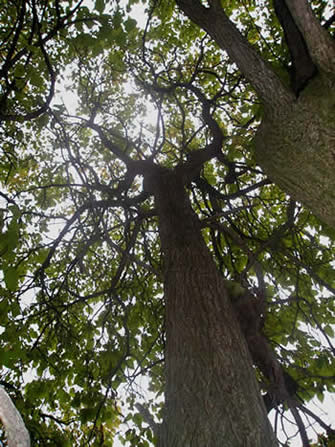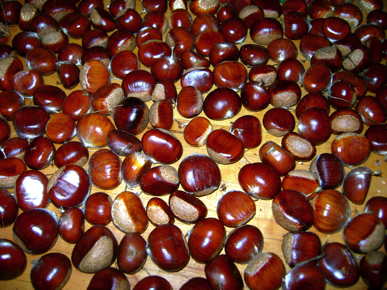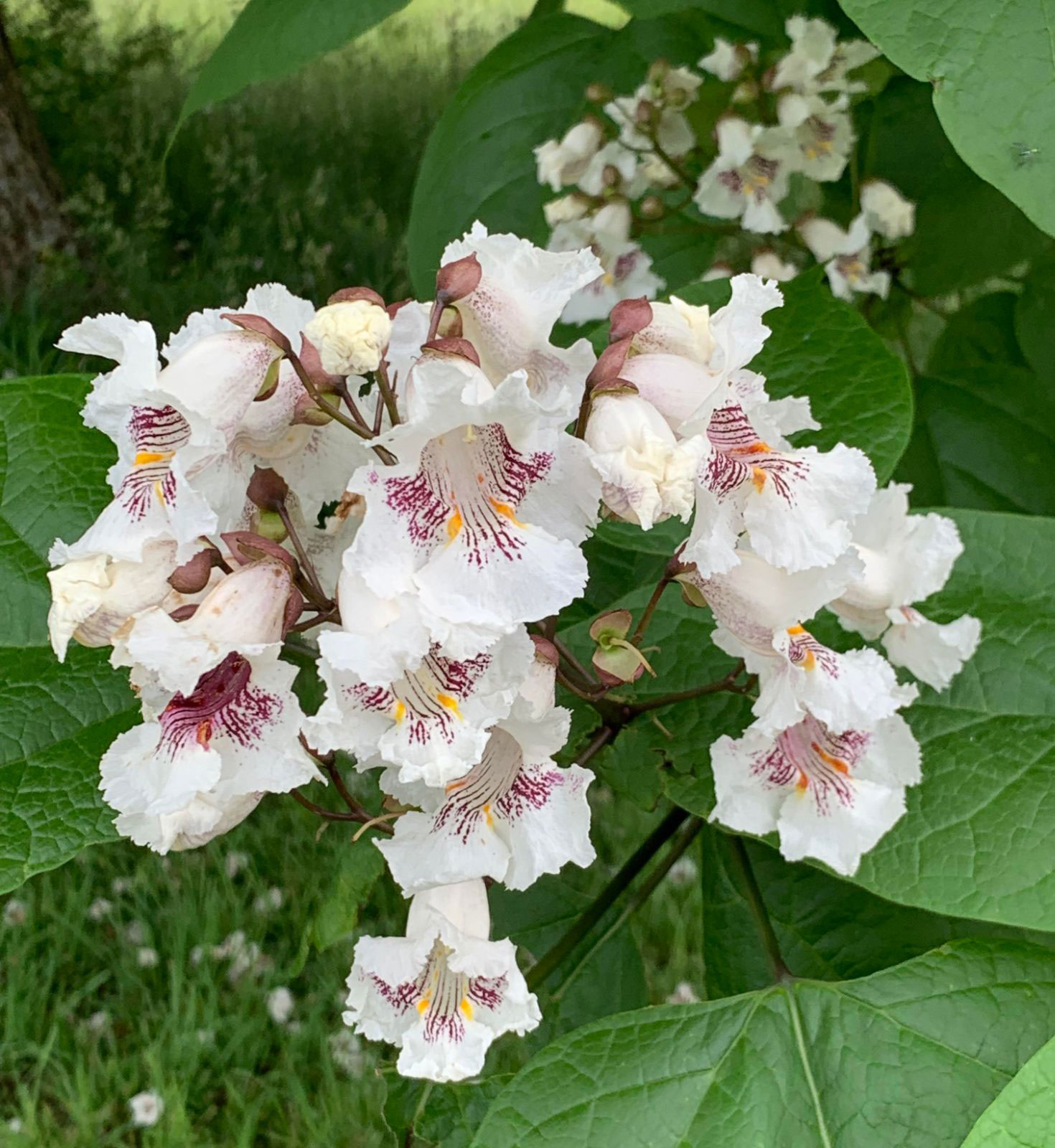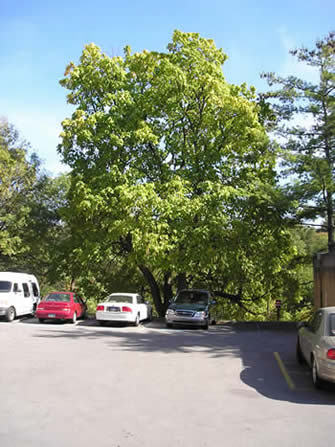northern catalpa tree medicinal uses
Gray Mold Trees and Shrubs Botrytis cinerea and other species Wood Rots and Decays Many genus and species involved Additional pests and problems that may affect this plant. The tree has dense foliage in summer and porous foliage in winter.
5 to 8 varies by species.

. Catalpa speciosa ka-tall-pa spee-see-o-sa Family. It grows about 30 feet tall and bears the long narrow seed. In fall the leaves will become yellow-green to brown.
Other plants in the family include trumpet creeper Campsis radicans and crossvine Bignonia capreolata. They grow in a whorled or opposite arrangement along branches. They are fast growers and a 10-year-old sapling may stand about 6 metres 20 ft tall.
Northern catalpa is a medium to large deciduous tree native to the United States that survives in USDA Hardiness zones of 4-8. Its bark is a gray-brown that becomes scaly with age. The large heart-shaped leaves and abundant showy-white spring flowers give catalpa a tropical appearance.
Northern Catalpa Catalpa speciosa Catalpa speciosa commonly referred to as northern catalpa or simply catalpa. Catalpa is also known to be a mild narcotic which is. 9 Fascinating Facts Catalpa grows rapidly but it is often infested with insects and damaged by storms and frost.
Natural range of Catalpa speciosa. Catalpa speciosa commonly known as the northern catalpa hardy catalpa western catalpa cigar tree catawba-tree or bois chavanon is a species of Catalpa native to the midwestern United States. Catalpa was used by Native Americans in the American South as a poultice and purgative from leaves and bark.
Three sometimes two leaves attached at the same point on the stem. Though some consider catalpa sphinx moth caterpillars a big problem anglers appreciate the free bait. Department of Agriculture plant hardiness zones 5 to 9.
Their ruffled white petals are accented with yellow stripes and purple spots. The wonderful native Northern Catalpa tree Catalpa speciosa is near and dear to many people across the United States. Gray Mold Trees and Shrubs Botrytis cinerea and other speciesWood Rots and Decays Many genus and species involvedRelatively trouble-free.
Northern catalpa has been used as a windbreak planting for fence posts and as an ornamental or shade tree. The Southern Catalpa is a perennial deciduous tree that blooms from May to June. Chinese catalpa will grow in US.
Sometimes troubled the catalpa sphinx mothpowdery mildew and leaf spots. A tea made from the bark has been used as an antiseptic antidote to snake bites laxative sedative and vermifuge. The southern catalpa tree also has medicinal uses and a tea made from the bark has been used as an antiseptic snake bite antidote.
Catalpa also has several medicinal uses. Northern Catalpa has no known medicinal uses and is mainly used for ornamental purposes. The long interesting seed pods persist through the winter.
It has large heart-shaped leaves and large clusters of fragrant white flowers. If you are familiar with the sinuous upright form and the very large heart-shaped leaves you already love it. Bignonia catalpa Catalpa syringaefolia Family.
Fortunately the tree is much hardier than it appears and can even be grown in the far western reaches of the state. Bignoniaceae Trumpet Creeper Key Steps 1d Leaves whorled 3 or more attached at same node around the stem Northern Catalpa Description Leaf. In the winter the Southern Catalpa develops many large seedpods.
The spectacular flowers of Northern Catalpa are truly a sight to behold. The catalpa blooms with a heavy load of flowers in the spring followed by a large number of leaves in the fall. Catalpa trees are used widely as street trees and are admired for their showy flowers but their abundant flowers and seedpods produce a large amount of litter.
The trees were historically used as fence posts and railroad ties while the leaves roots seed pods and bark have been used for various medicinal purposes. This means that northern catalpa can survive throughout most of the chillier Midwestern states. Sometimes troubled the catalpa sphinx mothpowdery mildew and.
Most Catalpa are deciduous trees. Up to 60 feet tall and 40 feet wide although smaller varieties are available. These medicinal properties were never developed but the tree was promoted to railroads.
They have characteristic large heart-shaped leaves which in some species are three-lobed. Drought Drowning and Edema Fungal Disease. Northern catalpa is very adaptable to adverse conditions but has weak.
Species in this family range from woody vines to large trees. It is reported that some people develop dermatitis after handling the flowers. Very large heart-shaped 6-12 inches long.
The trees stems are used in herbal medicine. They are especially striking against the backdrop of the trees large heart-shaped leaves. Catalpas prefer moist deep well-drained soil but.
Catalpas have soft brown wood often used for. Catalpa is a Midwest native tree that grows 40 to 60 feet tall with a narrow open irregularly rounded crown and spreading branches. Full sun to part shade.
Northern catalpa has large showy flowers that are upright in 4. Northern catalpa is a member of the Bignoniaceae the Bignonia or Catalpa family. The family is mostly tropical and subtropical.
Fast Growing Native Tree. Bignoniaceae Trumpet-creeper Family Medicinal use of Indian Bean Tree. Indian Bean Tree Latin name.
Finally fibers from the fruit of the plant can be used to make ropes. Leaves are simple and large 6 to 10 long and heart-shaped. The Latin specific epithet speciosa means showy.
They typically grow to 1218 metres 4060 ft tall with branches spreading to a diameter of about 612 metres 2040 ft. The northern catalpa is a large upright tree. 4-8 inch upright panicles hold scores of the 2-inch orchid-like flowers.
It can be made into a tea that is an antidote for snake bites and has also used for a laxative. Warder Warder ex Engelm.
/GettyImages-1251337179-fab6404e1b1e45b5a44c1c070eedba3d.jpg)
What To Know About Catalpa Trees And Their Worms
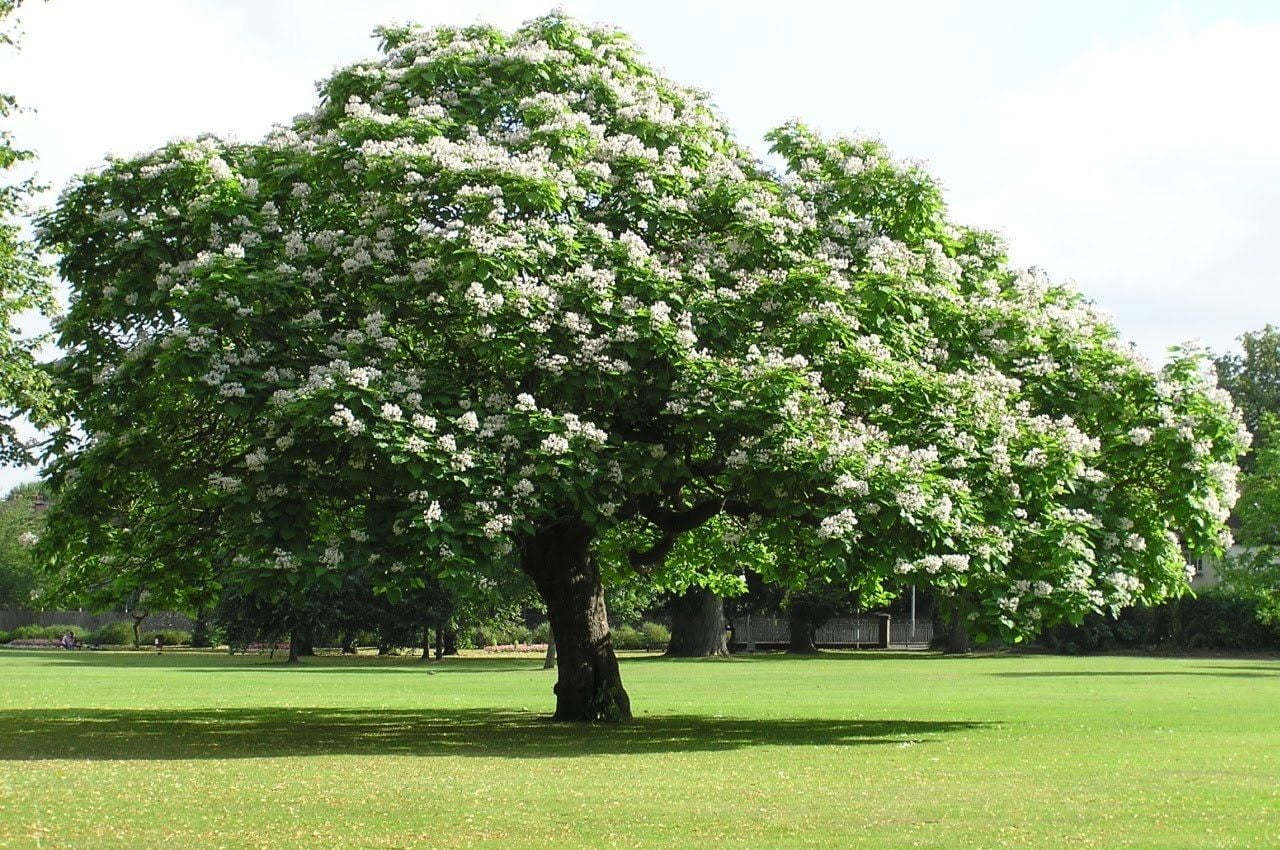
Catalpa Speciosa North Catalapa Nice Garden Tree 25 Seeds Walmart Com

Cigar Tree Catalpa Speciosa Youtube
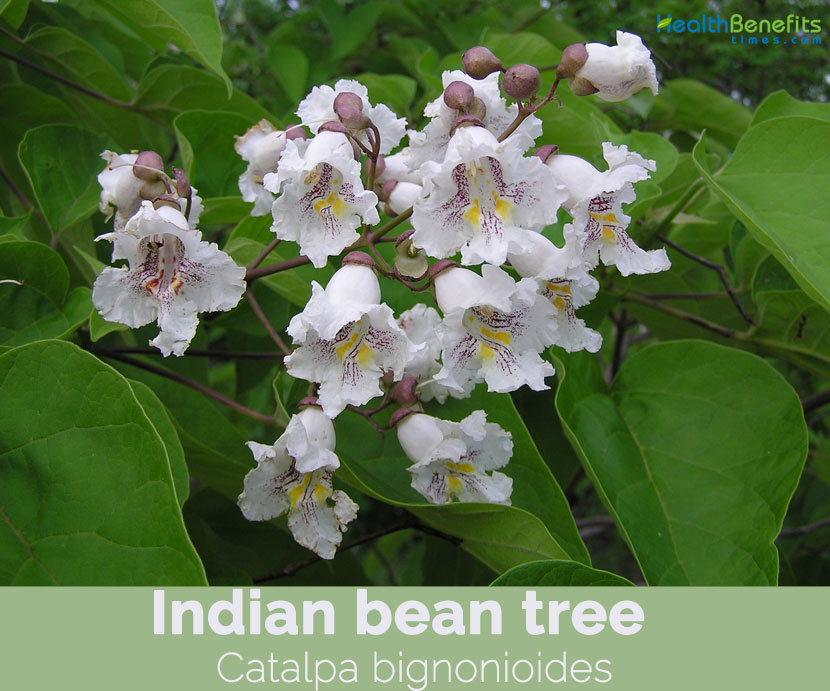
Indian Bean Tree Facts And Health Benefits

The Catalpa Tree Dave S Garden

The Catalpa Tree Dave S Garden

Plantfiles Pictures Northern Catalpa Western Catalpa Western Catawba Indian Cigar Tree Fish Bait Tree Catalpa S Fast Growing Shade Trees Shade Trees Tree

The Catalpa Tree Dave S Garden
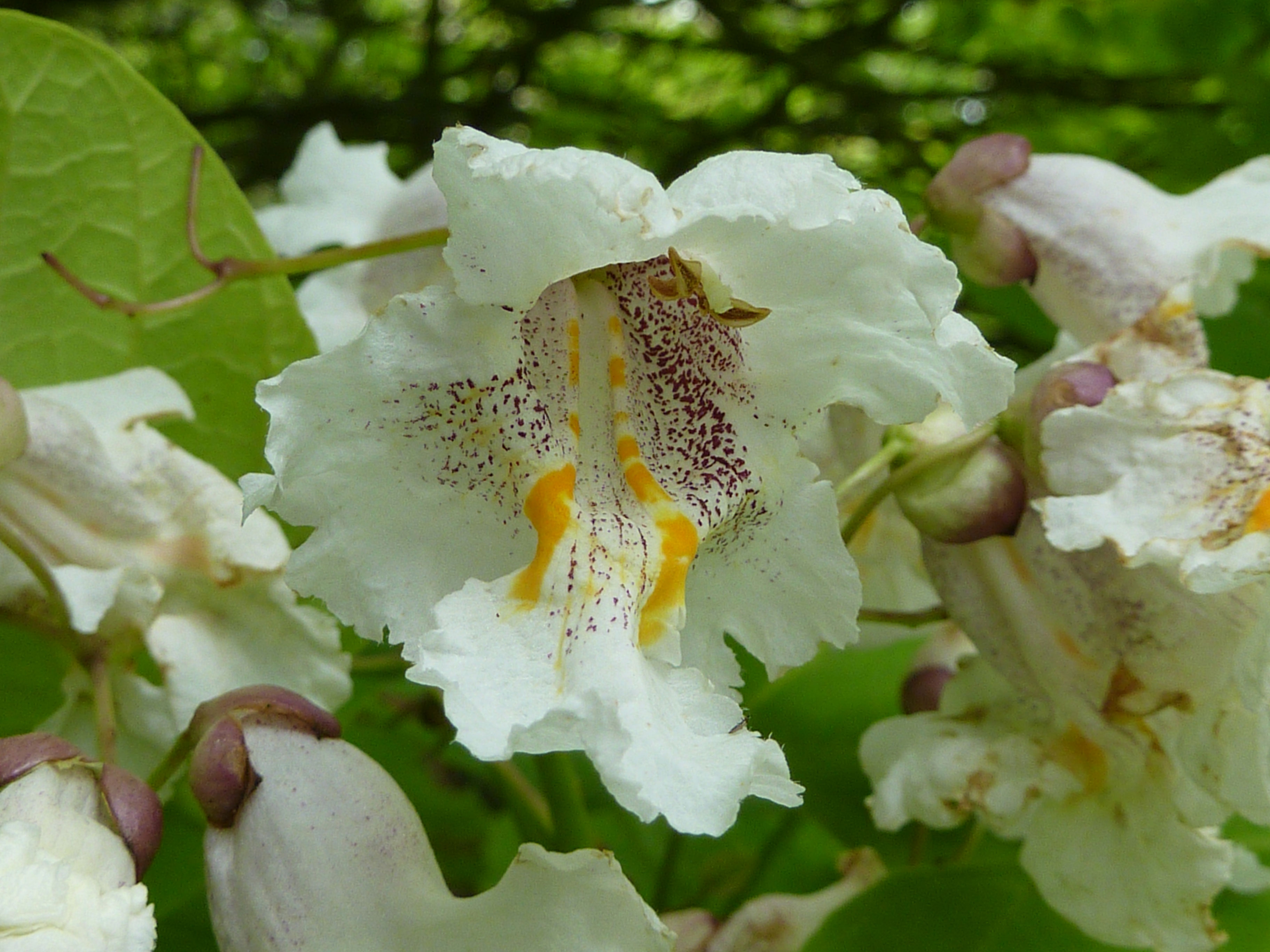
Indian Bean Tree Facts And Health Benefits

